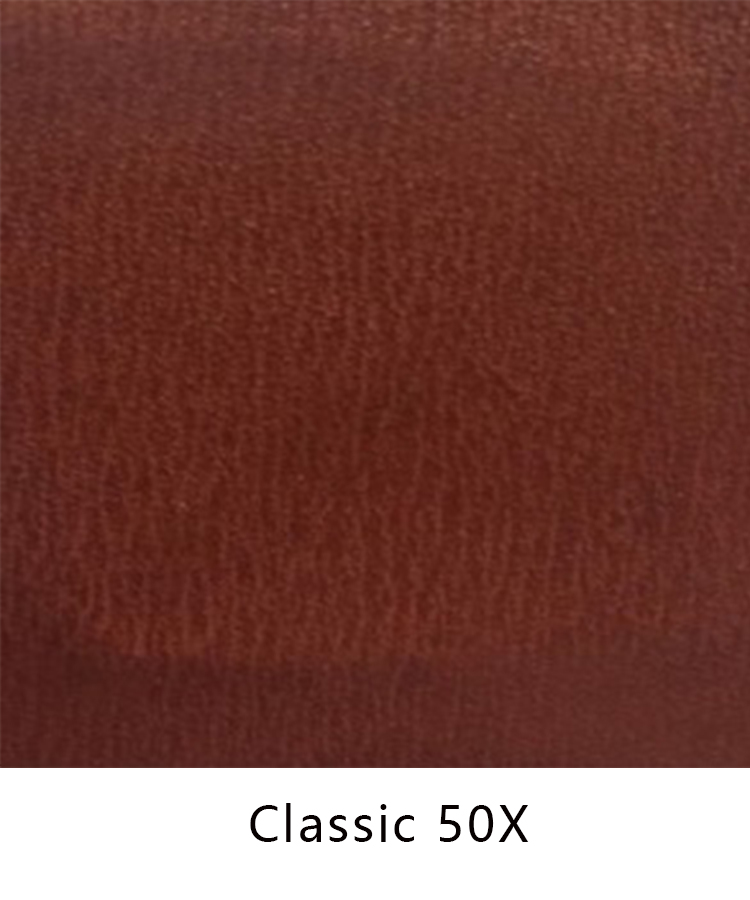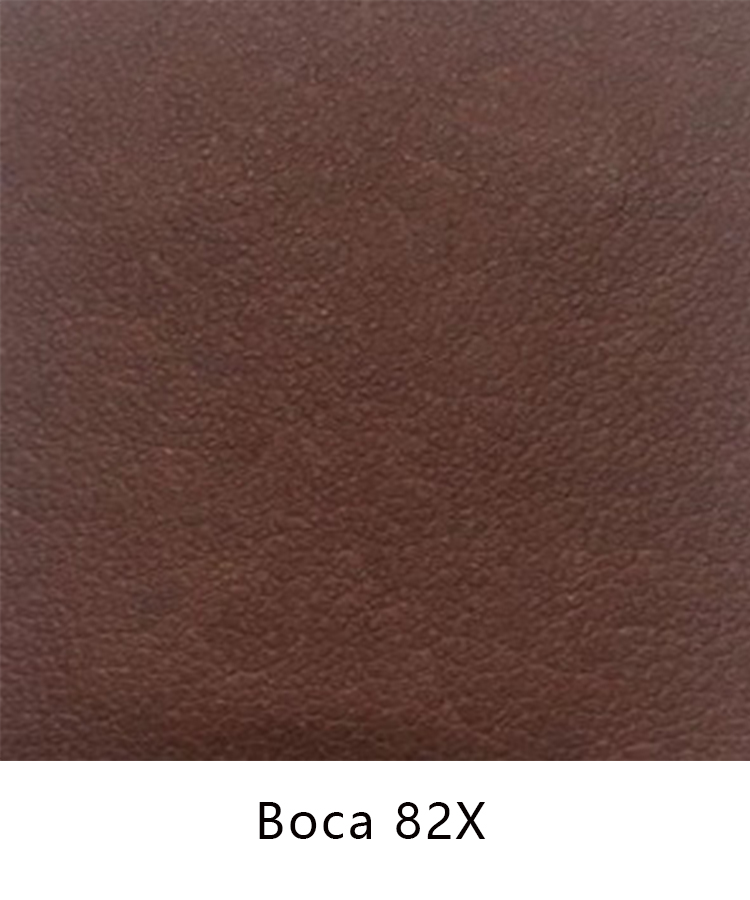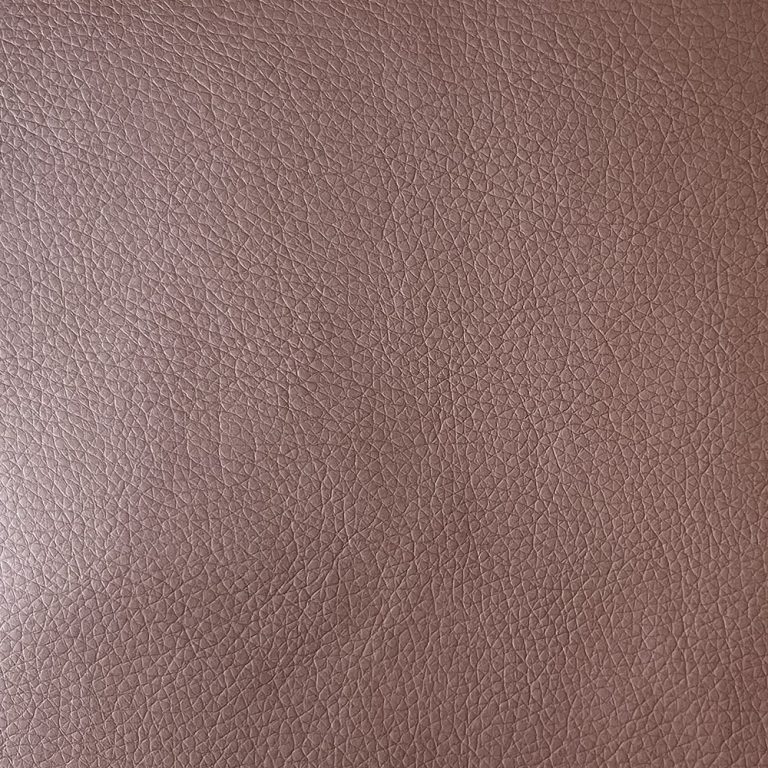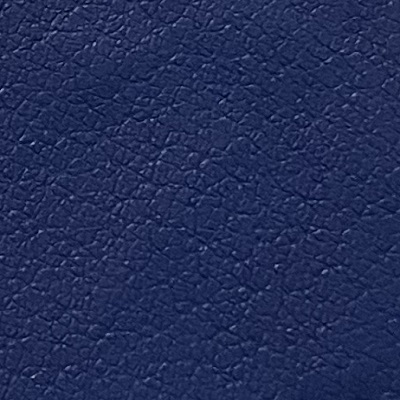Table of Contents
Pros and Cons of Using Faux Leather Fabric for Sofas
Faux leather fabric has become a popular choice for sofas in recent years, offering a more affordable and animal-friendly alternative to genuine leather. While faux leather may look and feel similar to real leather, there are some key differences to consider when choosing this material for your sofa. In this article, we will explore the pros and cons of using faux leather fabric for sofas to help you make an informed decision.


One of the main advantages of faux leather fabric is its affordability. Faux leather is typically much cheaper than genuine leather, making it a more budget-friendly option for those looking to save money on their sofa purchase. Additionally, faux leather is often easier to clean and maintain than real leather, as it is less prone to staining and fading. This can be especially beneficial for households with children or pets, where spills and accidents are more likely to occur.
Another benefit of faux leather fabric is its versatility. Faux leather can be dyed in a wide range of colors and patterns, allowing you to customize your sofa to match your personal style and decor. This flexibility in design options makes faux leather a popular choice for those looking to create a unique and stylish living space.
However, there are some drawbacks to using faux leather fabric for sofas that should be considered. One of the main disadvantages of faux leather is its durability. Faux leather is not as strong or long-lasting as genuine leather, and may show signs of wear and tear more quickly. This can result in cracking, peeling, and fading over time, especially in high-traffic areas of the sofa.
Additionally, faux leather fabric may not have the same luxurious feel as real leather. While faux leather can mimic the look of genuine leather, it may lack the softness and suppleness that is characteristic of high-quality leather. This can make faux leather sofas less comfortable to sit on for extended periods of time.
| Article Name | PU Leather for sofa |
| Serial Number | 1 |
Another potential downside of faux leather fabric is its environmental impact. Faux leather is typically made from synthetic materials such as polyurethane, which are derived from petrochemicals. The production of these materials can have a negative impact on the environment, contributing to pollution and greenhouse gas emissions. Additionally, faux leather is not biodegradable, meaning that it will not break down naturally over time.
In conclusion, there are both pros and cons to using faux leather fabric for sofas. While faux leather offers affordability, versatility, and ease of maintenance, it may lack the durability, comfort, and environmental sustainability of genuine leather. When choosing a sofa fabric, it is important to weigh these factors carefully and consider your personal preferences and priorities. Ultimately, the decision to use faux leather fabric for your sofa will depend on your individual needs and values.
How to Care for and Maintain Faux Leather Sofas
Faux leather sofas have become increasingly popular in recent years due to their affordability, durability, and stylish appearance. However, like any other piece of furniture, faux leather sofas require proper care and maintenance to ensure they remain in good condition for years to come.
One of the most important aspects of caring for a faux leather sofa is regular cleaning. Dust and dirt can easily accumulate on the surface of the sofa, leading to a dull and dirty appearance. To prevent this, it is recommended to dust the sofa regularly with a soft cloth or vacuum attachment. For more stubborn stains or spills, a mild soap and water solution can be used to gently clean the affected area. It is important to avoid using harsh chemicals or abrasive cleaners, as these can damage the faux leather material.
In addition to regular cleaning, it is also important to protect the faux leather sofa from excessive heat and sunlight. Direct sunlight can cause the faux leather material to fade and become brittle over time. To prevent this, it is best to place the sofa away from windows or use curtains or blinds to block out the sun. Additionally, it is important to avoid placing the sofa near heat sources such as radiators or fireplaces, as this can also cause damage to the material.
Another important aspect of caring for a faux leather sofa is to avoid sharp objects or rough surfaces that can scratch or tear the material. It is best to place the sofa in a location where it is less likely to come into contact with sharp objects or rough surfaces. Additionally, it is recommended to use a protective cover or throw to prevent damage from pets or children.
In the event that the faux leather material does become damaged, it is important to address the issue as soon as possible. Small tears or scratches can often be repaired using a faux leather repair kit, which can be purchased at most home improvement stores. For more serious damage, it may be necessary to seek professional help to repair or replace the affected area.
Overall, caring for a faux leather sofa requires regular cleaning, protection from heat and sunlight, and avoiding sharp objects or rough surfaces. By following these simple tips, you can ensure that your faux leather sofa remains in good condition for years to come. Remember, proper care and maintenance are essential to prolonging the life of your faux leather sofa and keeping it looking its best.







